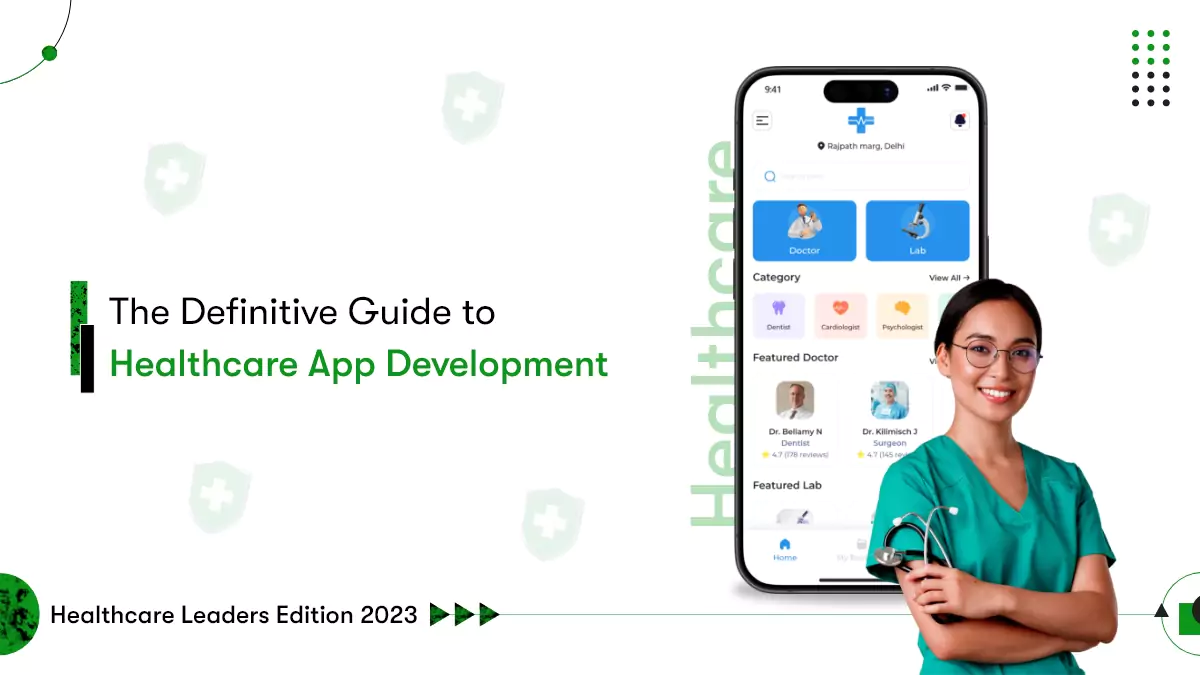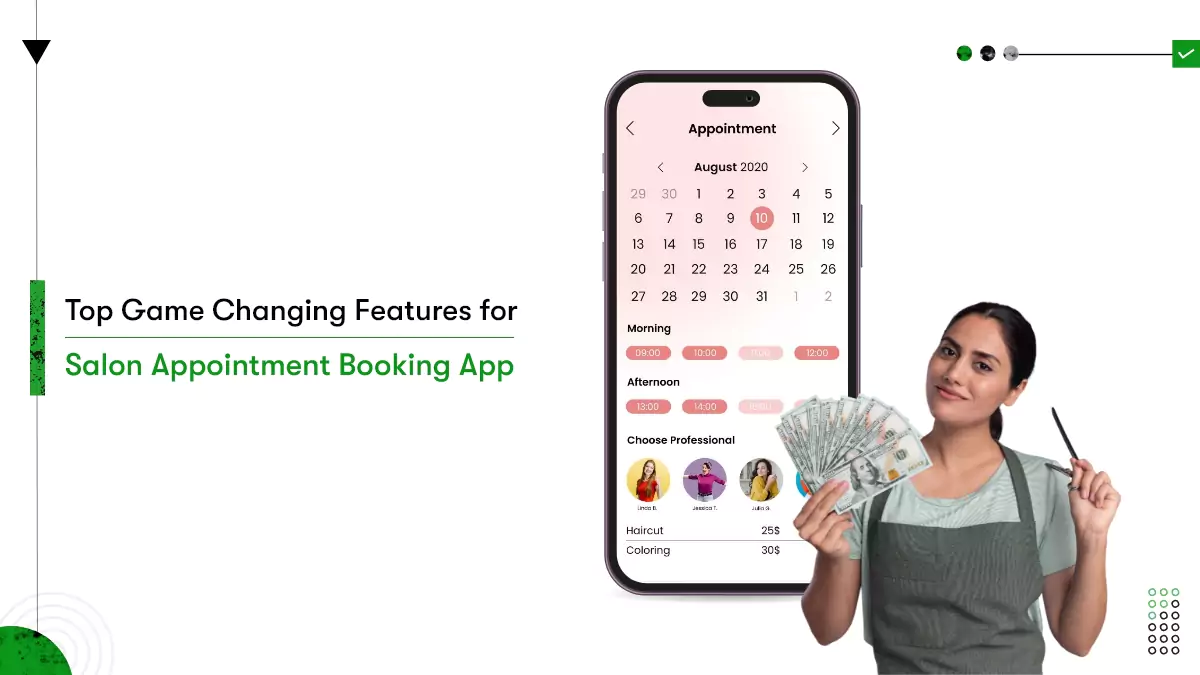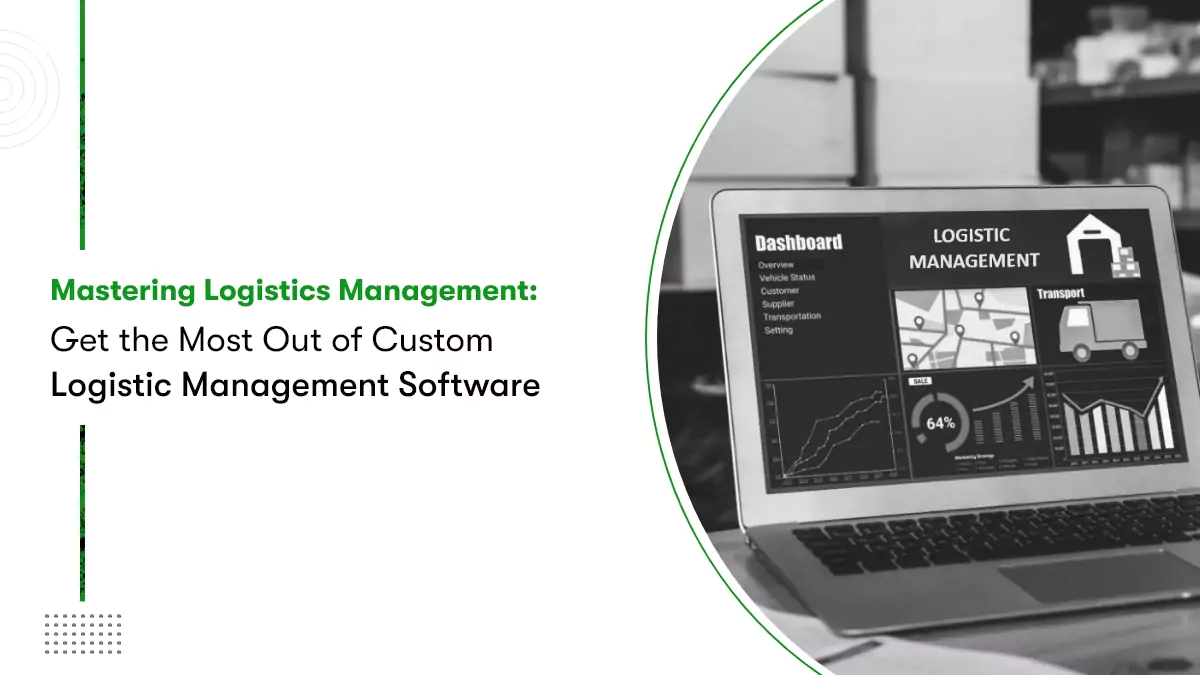Living and running on a peer-to-peer or blockchain network, decentralized apps have steered entrepreneurs’ —from diverse industries— to rethink mobile app development. The technology found to reshape the financial landscape has become strong enough, offering a range of use cases for decentralized app development. The DApp or dapp trend spreads like wildfire because of its transparency, reliability, and scalability, stimulating the global DApps Market.
Consequently, the number of DApps crossed 2432 in 2019, with around 180 new dapps being launched per month. Diving deeper in research, Ethereum blockchain is a predominant platform for building decentralized apps with a boastful developers community. On the contrary, the same study suggests that games and data storage are the leading dapps categories.
So what are decentralized applications or dapp after all? How are they different from our regular mobile applications? And how to develop decentralized apps?
To understand everything about dapps, stick to the post. Here we’re exploring from its definition, dapps vs. apps we usually use to how a business can build one, regardless of industry.
Let’s hop onto it straight!

What Is Called A Decentralized App?
Simply put, Decentralized Applications are software applications without any central authority. However, unlike traditional apps that rely on a client-server network— maintained and authorized by a rule, they operate on a peer-to-peer or distributed network. Since there’s no one to control, dapps are less likely to be shut down by anyone or undergo downtime.
Furthermore, a decentralized application always builds on a decentralized network. The network combines a smart contract and a frontend user interface. On Ethereum, for example, smart contracts are transparent and accessible – like open-source APIs – hence, you can even include a smart contract written by someone else.
Talking about the dApp backend, its code runs on a decentralized peer-to-peer network, unlike a regular app where the backend code runs on centralized servers. When the frontend is concerned, you can develop the frontend and user experience and interface just like normal apps, making calls to its backend.
Benefits That Come With Building A Decentralized Application
Now that your understanding of dapps has leveled up let us take a leap forward to reasons why Dapps are rising in demand.
- Nill downtime
The network will start serving its client as soon as the smart contract is deployed on the blockchain. The fun part is that these contracts powering dapps operate 24/7, and till the blockchain harbor the contracts, they continue to perform seamlessly.
- Privacy
You can secure transactions between users without sharing their data using public and private keys.
- Resistance to censorship
Since dapps are not controlled, no one can block or keep users from submitting transactions or reading data from the blockchain.
- Complete data integrity
Dapps have no central point of failure, and stored data is unalterable because of cryptography primitives. All these features make it hard to hack a chain and control a decentralized application.
In a nutshell, Dapps offer the following advantages
- No intermediary to control the app;
- Offer security more secure than client/server networks;
- Tamper-proof record of the entire database;
- Cannot alter written blocks without the agreement of the entire network;
- A single outage/attack cannot halt it;
- No downtime;
- Increased reliability;
- Easy to facilitate payments;

So, what’s the difference between dApps and everyday applications?
- Centralized Vs. Decentralized:
The basic difference between DApps and normal apps is very obvious: decentralization’s root principle. Contrast to traditional apps that are controlled by the centralized regulating authority, DApps operate on a peer-to-peer blockchain network.
- Value storage:
DApps’ store value is one of the outstanding features. They can store cryptocurrency and hand it to users once contract conditions are fulfilled.
Traditional apps, in contrast, have to use a reliable third party to guard financial transactions. Since you can store value directly inside the app, DApps eliminate any third-party requirement.
- Security:
Since DApps are built using a Blockchain platform, they are generally more secure compared to regular mobile apps. Furthermore, decentralized apps tend to be tamper-proof, and the saved records are unalterable. Not to mention, they are hacking and potential destruction resistant.
- Transparency:
Another predictable difference between our normal and decentralized apps is an unchangeable public ledger. Unlike any app, data or operations on the DApp are recorded in the blockchain and stay there forever unaltered.
- High Synergy Level:
When it comes to synergy, decentralized apps get the upper hand as they integrate smoothly. Since all the blockchain-powered apps are inter-compatible, their synergistic possibilities get multiplied in contrast to conventional apps.

Decentralized App Development Types To Know
If you ever want to build a decentralized application, you need to know more than its benefits. You cannot hire mobile app developers and simply go about it. There are different types of dapps you should know before starting the development.
- Type 1:
You create your own Blockchain to develop your decentralized app. Bitcoin is a perfect example of this type. Any other cryptocurrencies with their own blockchain fall under this category.
- Type 2:
The type 2 dapps leverages the blockchain created by type 1 apps. Such apps need to use tokens to operate their apps. Take The Omni Protocol, for example. It’s built as a layer over Bitcoin, allowing you to generate, send, trade, redeem, pay dividends to and make bets with tokens representing any kind of asset.
- Type 3:
Now, this type of dapps uses the Type 2 protocol to underwrite their tokens. The Safe Network is a fine example of the type 3 dapps. Secure Access For Everyone— The SAFE Network is an open-source, decentralized data storage and communications network. Developers create censorship-resistant websites and apps using the SAFE API.
Exemplary decentralize apps to look for inspiration.
There are a couple of spectacularly emerging decentralized apps you must look into.
- UNISWAP
UniSwap is one of the foremost decentralized exchanges for traders to access low-cap altcoins and assets not readily available on other platforms like Kraken and Coinbase. Moreover, the DApp allows traders to connect their Ethereum wallets and offers a seamless swap of ERC20 tokens.
- OPENSEA
OpenSea is the current largest peer-to-peer marketplace for digital assets, including gaming objects, digital art, and all blockchain-based purchases. Thit quicker to buy and sell decentralized marketplace helps users focus on their content, design, and customers, making the buying and selling process quicker.
You can learn more about OpenSea NFT marketplace app development here.

Steps To Develop A Decentralized Application
Step 1. Decide the use case
To your knowledge, blockchain offers benefits such as encryption, immutability, distribution, decentralization, and tokenization. You want to analyze the problem you want to solve and identify if the solution really requires decentralization, encryption, or any of the blockchain components.
The step clears whether you need to develop a dapp. And if yes, what type of decentralized app you should create.
Step 2. Decide core technologies
When you are determined to create a decentralized app, list out the essential technologies, you will need to cover the below development areas.
- Database
- Frameworks
- Hosting
- Frontend
- Frontend contracts
- Contract‘s programing language
- API‘s
- Development server
- Though, the technology stack will differ depending on:
- Blockchain you target
- Front ends you envision (mobile/web)
- Features of your dApp
If you create a dapp using Ethereum, its standard kit for dapp development includes the Truffle suite of software with Ganache (BUILT-IN BLOCK EXPLORER), programming language Solidity, and Remix IDE.
As for the front-end part, you can employ suitable technologies such as React.js, Node.js, Swift/Kotlin, or React Native for mobile and Web3.js for the web.
Step 3. Carry out front end development
Like any application, decentralized apps need to have a client-side mobile app or website. And so, it’s equally crucial to create an intuitive UI that helps the user understand complex information quickly. We believe the below approach is the best to achieve a user-friendly app UI/UX for any kind of app.
- Low-fidelity UI with wireframing
- High-fidelity UI with prototyping
- User testing
- Shore up the UI/UX based on the feedback
Step 4. Decentralized app coding
To create a robust backend, you need to hire app developers with a strong understanding of the decentralized application architecture and workflow. Developers must be familiar with building and deploying smart contracts on a network.
Step 5. Testing & Launching
When your decentralized app is ready to take off from the ground, you need to release it on the network. Here you get the opportunity to examine the code rigorously to find and fix potential bugs or errors before making it public.
That’s all for this guide to developing decentralized applications. If you are vague about whether decentralization is for you or if it’ll work out for you, you need to discuss it now. The decentralized applications are snowballing in terms of improvement, awareness, and demand.
Therefore, the right time to adopt the trend is today, in a less competitive market. Who knows, by the time when it becomes a big thing, your app will become an inspiration for others. Sleep on it!











 Contact Information
Contact Information